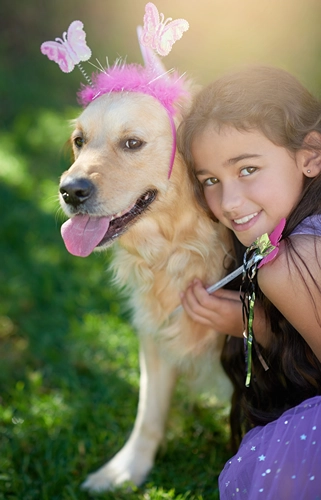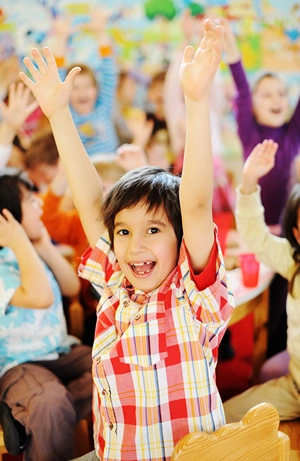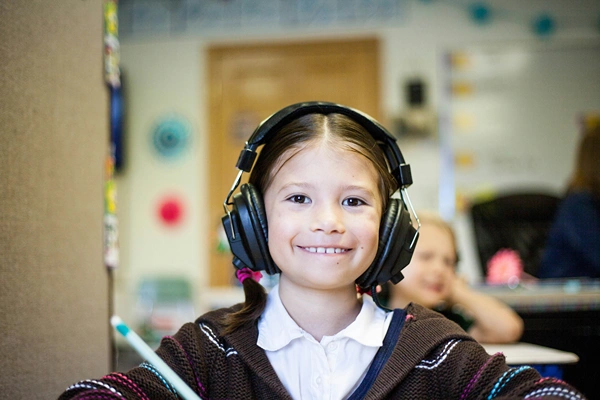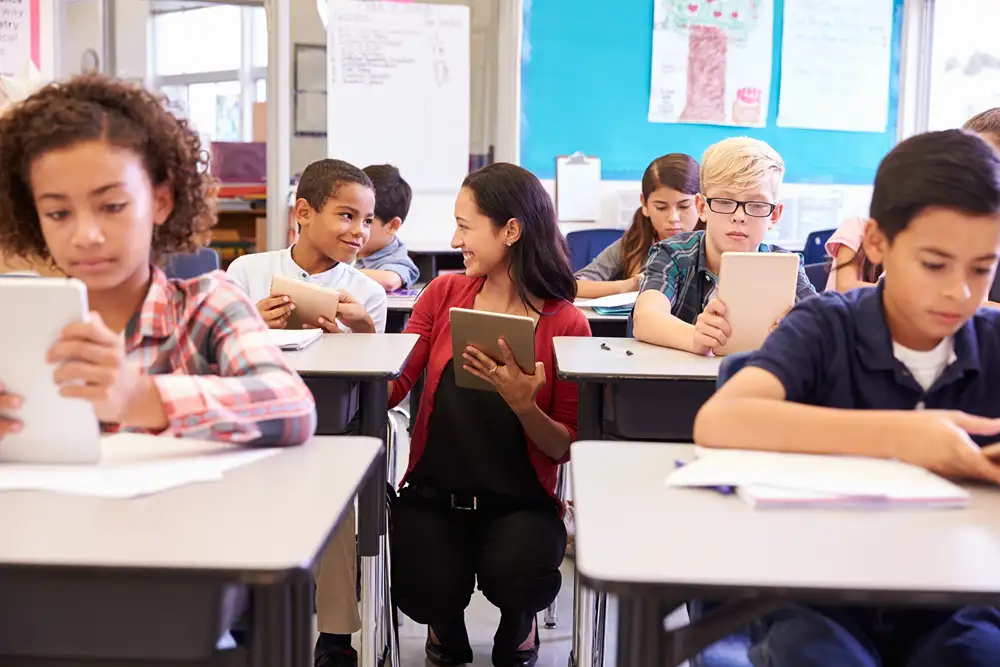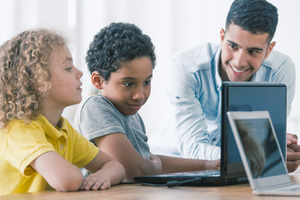Empowering Young Creators: How to Build into Teens Design and Visual Skills
In our digital world today, there are endless opportunities for young creators to express their creativity through various outlets. And, undeniably, social media and digital design tools have expanded these possibilities. The artistic landscape has become a canvas for limitless innovation.
From discovering an innate inclination towards the arts to using social media channels to express unique creative processes, young creators have an exciting path ahead. Ready to support and guide them?
Here’s how to encourage their creative journey.
Safety First: Ensure They Understand How To Stay Safe Online
It has never been clearer that the digital world offers unique opportunities for young artists and creators to express themselves. Hoover, as they develop their interests, passions, and skills, safety should remain a priority.
Whether you’re sharing artwork on online channels or diving into digital art communities, understanding how to stay safe on social media and other digital outlets is paramount. And, this is even more true for young individuals and their families.
A few best practices that can help your little ones stay safe include:
- Be mindful of the personal details shared to protect you from potential cyber threats.
- Always verify the credibility of websites before engaging or making downloads to avoid malware.
- Trust your instincts–if an online interaction feels off, it probably is.
- Tools like privacy settings and parental controls can be your best friend!
Remember, creativity is best cultivated within safe boundaries!
Access Online Design Tools And Invest In Educational Resources
Providing the right tools to your younger creators can support their creative process, allowing them to discover different skills, techniques, and art forms. Parents can support the process by providing safe access to diverse design tools and educational resources.
From online platforms offering design courses to libraries packed with art books, the options are plenty!
These tools can help the young creators in your life experiment with resources like extensive color schemes, photo editing tutorials, versatile banner templates, popular devices (e.g.: cameras or drones), and tips from other creators.

Source: Freepik
Let Them Explore Different Art Forms And Techniques
Exploration is the key to discovering a unique artistic potential! So, together, take time to dive into an array of art forms – your little ones may find joy in sketching, or maybe sculpting is their calling.
Try out techniques like watercolor painting, digital illustration, or even animation to see what resonates better. The options are endless! Your little ones can start experimenting with mixed media, like blending photography with graphic design and digital art with more traditional techniques.
Working Together to Keep Bad Actors At Bay
Social media platforms are certainly an excellent way to build creative skills, gain inspiration, and boost exposure to other artists and audiences. However, statistics show that 70% of influencers face online harassment and toxic critics. This is the last thing you’ll want for your little ones! Here are a few key strategies to help you and your children stay safe online:
- Utilize privacy settings on social media.
- Educate yourself on identifying cyber threats and fake profiles.
- Restrict and monitor app permissions regularly.
- Promote open communication about online experiences.
- Use ad hoc software solutions to protect your devices from malware and viruses.
- Encourage critical thinking about sharing personal information.
- Participate in workshops focused on digital safety.
- Report and block abusive comments or users immediately.
- Keep software and apps updated for the latest security features.
- Use parental settings to ensure your little ones have access to the necessary resources without risk.
Understanding The Importance Of Community And Interactions
Engaging with a creative community opens doors to endless possibilities! By connecting with fellow creators, young digital artists can gain important exposure to diverse perspectives and innovative ideas.
Plus, diverse communities support inclusivity, welcoming everyone to share their talents and experiences!
Consider encouraging the young artists in your family to participate in forums, attend workshops, or join interest groups to inspire creativity and nurture personal growth.
Building A Solid Portfolio
Becoming familiar with digital art tools early on can help your little ones build a career that will allow them to express their creative mind. If this is your kid’s goal, you may consider helping them build a well-curated portfolio that showcases their skills as they progress.
Even if you are creating digital art, videos, and images on digital platforms for fun, keeping together a portfolio may be important in the future. It can help your little ones see how far they have come and reflect on the range of techniques they have learned along the way.
Embracing Constructive Feedback
Embracing constructive feedback is essential for anyone’s artistic development. And, it is not about preventing young creators from experimenting with new and innovative techniques, but rather about finding inspiration for growth!
Feedback offers insights that can help refine skills and broaden your little one’s perspective. Rather than fearing critique, help them understand that this can be a pathway to creative development! Seek feedback from diverse sources – mentors, peers, and community members – to get access to various viewpoints and use suggestions to hone your work!
Encouraging Young Creators To Discover Their Unique Creative Path
Everyone has a unique talent waiting to be discovered. As a parent, be sure to encourage exploration and don’t hesitate to try new things. Your little one’s creative process is unique, so embrace the journey and see where it’ll take you!


